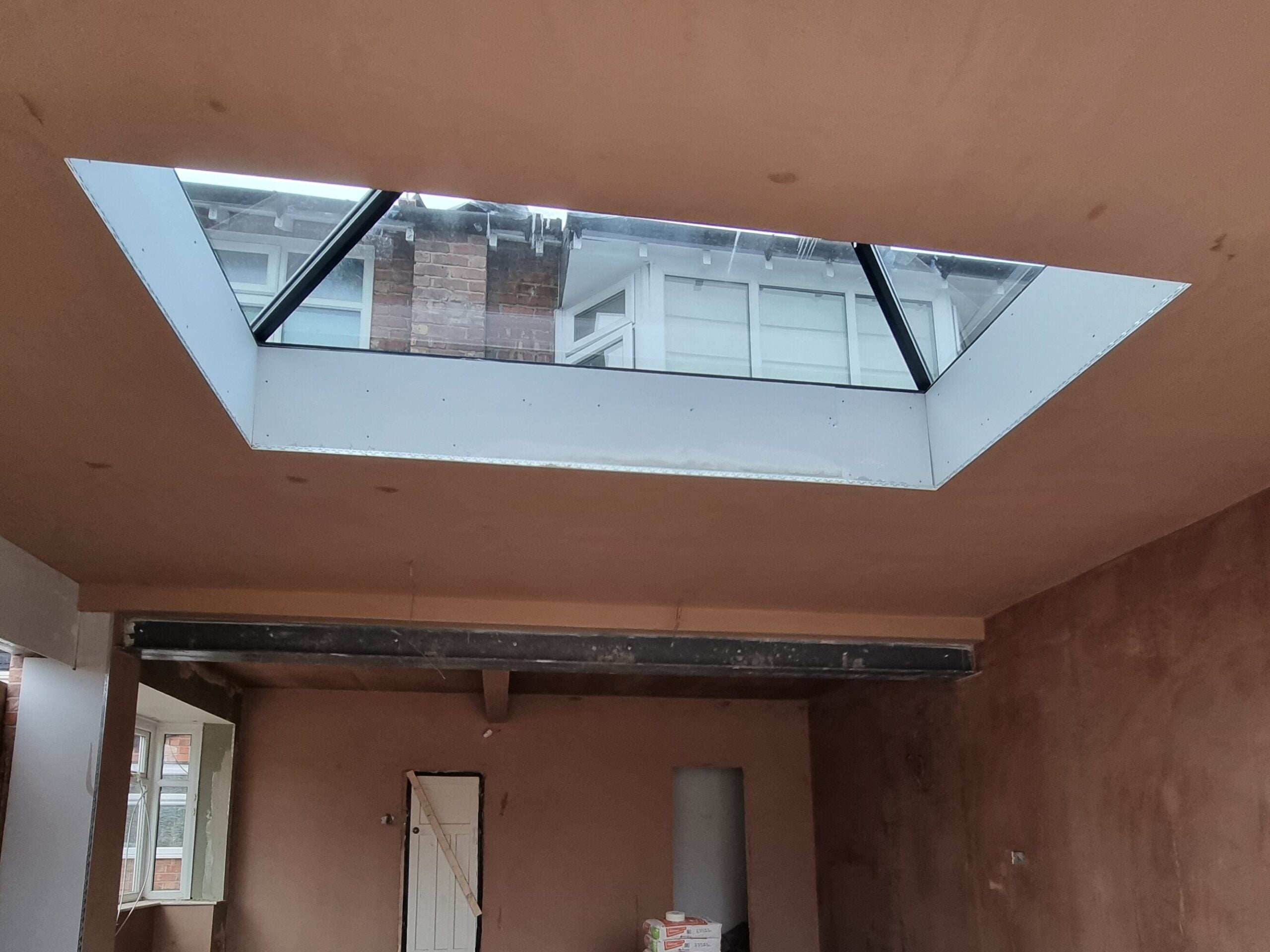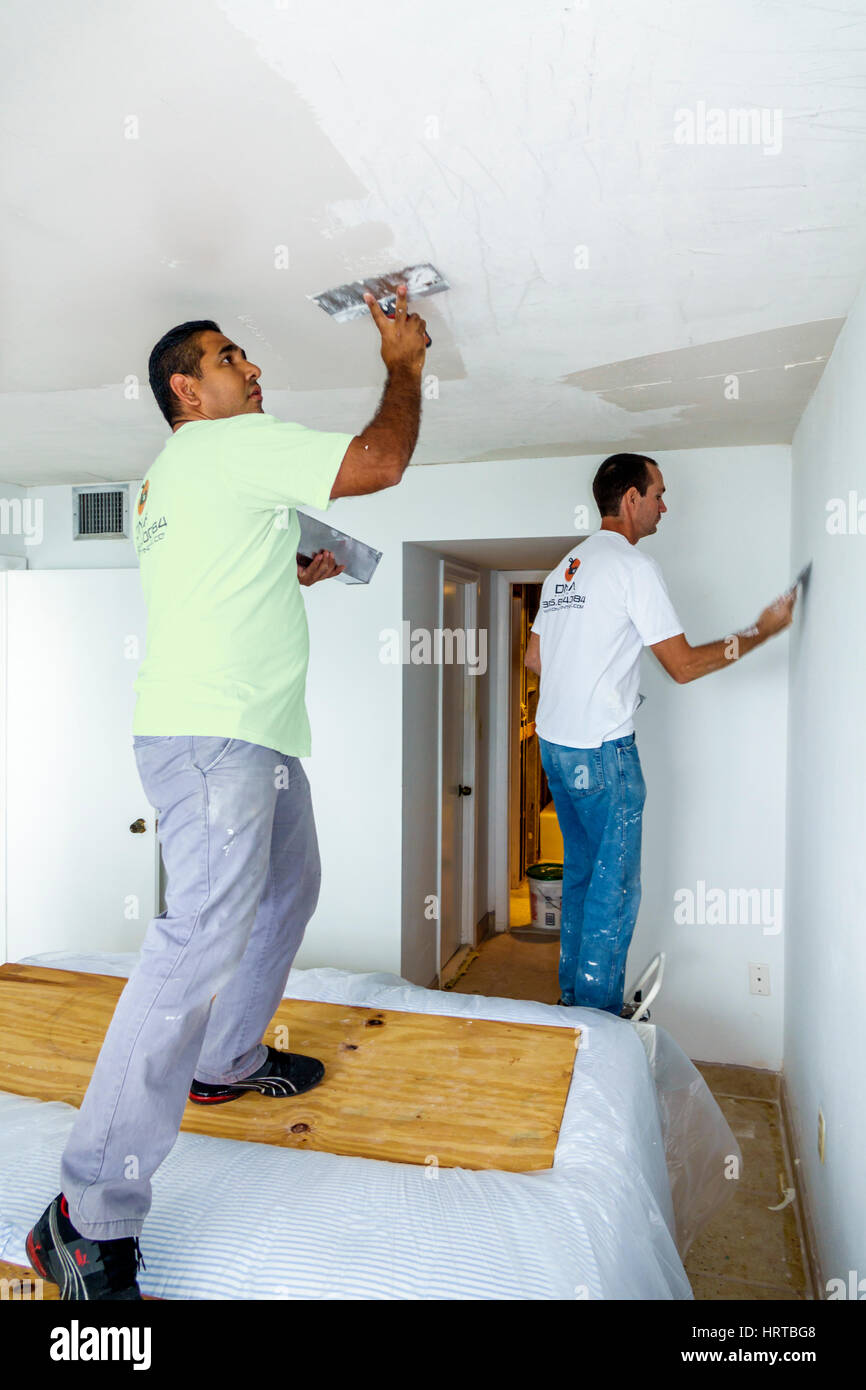Plastering Guidance from Professionals: Finest Practices for Success
Wiki Article
Key Tips and Tools for Successful Smudging in your house Improvement Ventures
Achieving a remarkable plaster finish in your home improvement projects needs a blend of the right devices and tested techniques. Vital carries out such as the hawk and trowel are vital for effective application, while appropriate surface preparation lays the structure for success. Moreover, recognizing the subtleties of blending plaster and using it in slim layers can substantially influence the final outcome. As we check out these fundamental aspects, it ends up being noticeable that avoiding usual challenges can elevate your plastering skills-- guaranteeing your following job not just satisfies yet goes beyond expectations.Important Smudging Tools
The crucial tools encompass a variety of executes created to promote the smudging procedure effectively and effectively. Trick elements consist of a hawk, which is a level, square tool made use of to hold the plaster while applying it to surface areas.
Furthermore, a blending container is essential for preparing plaster, making sure the ideal consistency before application (Plastering). With each other, these essential plastering tools make it possible for both specialists and DIY lovers to accomplish high-quality results in their plastering projects.
Surface Area Prep Work Strategies
Correctly preparing the surface area prior to gluing is vital for ensuring adhesion and achieving a flawless finish. The primary step includes cleaning the surface area to remove any type of dust, grease, or old paint that might hinder the plaster's capability to bond efficiently. A detailed wash with an ideal cleansing remedy is advised, followed by washing and permitting the surface to completely dry completely.Next, examine the surface for any type of splits or imperfections. These should be loaded with an ideal filler substance and enabled to treat according to the manufacturer's directions. For porous surface areas, using a primer is vital to enhance and develop a consistent structure attachment.
In addition, it is crucial to make sure that the surface is steady and structurally audio. Any type of loose materials, such as flaking paint or harmed drywall, ought to be fixed or gotten rid of. Take into consideration making use of a scratch coat to enhance grip. if functioning with masonry surfaces.
Combining Plaster Like a Pro

Utilizing a tidy mixing container, pour the water first, after that gradually add the plaster powder while mixing continuously - Plastering. This approach helps to stop clumping and guarantees an even distribution of materials. A mechanical mixer can be advantageous, offering consistent outcomes and conserving time. Go for a creamy, lump-free consistency that enables simple dispersing but is thick enough to hold its form without running.
Once mixed, enable the plaster to relax for a few minutes to allow the gypsum crystals to moisturize fully. This relaxing duration enhances workability and decreases the risk of cracking throughout application. By adhering to these actions, you can mix plaster like a pro, setting the structure for a successful smudging project in your house renovation endeavors.
Application Approaches for Smooth Finishes
With the plaster mixture prepared to the optimal uniformity, the following action includes choosing ideal application techniques to accomplish a smooth finish. The selection of application tools substantially affects the final look of the plastered surface area. For optimum outcomes, a stainless-steel trowel is generally recommended. This device enables a fine, even distribution of plaster throughout the surface area while minimizing trowel marks - Plastering.Begin by applying a generous quantity of plaster to the surface area using the trowel, ensuring it adheres well. As soon as the first coat is applied, use a sweeping activity to smooth the surface, applying also pressure.
For the last touches, a moist sponge can be used to fine-tune the surface area even more. Lightly mist the plaster with water and carefully scrub the surface area to achieve a refined effect. Always keep in mind to work in little sections to maintain control over the application procedure, making certain a smooth, expert surface throughout your plastering project.
Typical Mistakes to Stay Clear Of
When starting a gluing job, preventing typical blunders is crucial for attaining a remarkable coating. Among the most prevalent errors is neglecting surface area preparation. Falling short to tidy and repair the substratum can lead to bad attachment and unequal surfaces. Ensure that all dust, grease, and loose products are removed before applying plaster.An additional typical error is applying plaster as well thickly. Thick layers can fracture as they dry out, compromising the stability of the finish. Rather, decide for numerous thin layers, allowing each coat to dry completely prior to applying the next.
Additionally, poor mixing strategies can lead to irregular texture and workability. Constantly adhere to the manufacturer's instructions for mixing ratios and thoroughly blend the plaster to achieve an uniform consistency.

Timing additionally plays a crucial duty; plaster ought to be applied while the substratum perspires to improve adhesion. Last but not least, prevent utilizing improper devices. High-quality trowels and drifts can make a substantial difference in achieving have a peek at this site a smooth surface. By guiding clear of these common pitfalls, you can improve the quality and longevity of your plastering work, leading to a more expert lead to your home renovation undertakings.
Final Thought
Reliable smudging calls for a thorough understanding of vital devices and techniques. By making use of correct tools, guaranteeing thorough surface area preparation, and adhering to suggested blending proportions, optimal results can be achieved. Using proper application approaches even more improves the coating, while recognition of typical errors can avoid troubles. Mastery of these elements not just adds to the visual appeal of an area yet additionally guarantees resilience and long life in smudging projects, making them integral to successful home improvement endeavors.A float is an additional essential tool, which helps in leveling the plaster and attaining a consistent surface read the full info here area.

By complying with these steps, you can mix plaster like a professional, setting the structure for a successful gluing job in your home improvement ventures.
Lightly mist the plaster with water and delicately scrub the surface to attain a sleek result.
Report this wiki page